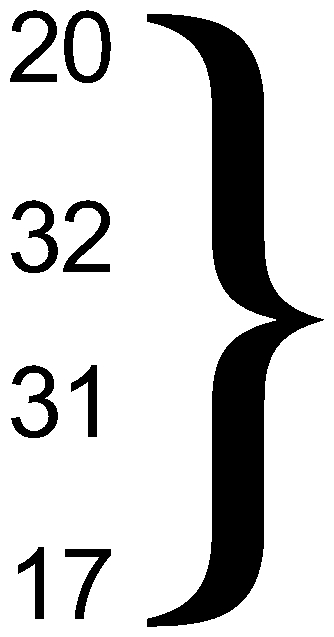Table 1.
Comparisons between MSA and PSP patients with MRI (Student's t test or Pearson χ2)
| PSP (n=297) | MSA (n=330) | All (n=627) | p Value | |
| Gender (%F) | 42 | 45 | 44 | 0.49 |
| Mean (SD) age (years) (40–81) | 67 (7) | 62 (8) | 64 (8) | <0.001 |
| Mean (SD) age at onset (years) (35–79) | 64 (7) | 57 (8) | 60 (8) | <0.001 |
| Mean (SD) disease duration (years) (1–8) | 3.9 (1.9) | 4.3 (1.9) | 4.1 (1.9) | 0.002 |
| Clinical Global Impression of severity (1–6) | ||||
| Mean (SD) | 3.6 (1.0) | 3.6 (0.9) | 3.6 (1.0) | 0.73 |
| Borderline/moderately ill (0–2) (%) | 14 | 10 | 12 | |
| Markedly ill (3–4) (%) | 67 | 73 | 70 | |
| Severely/extremely ill (5–6) (%) | 19 | 17 | 18 | |
| Modified Hoehn and Yahr (0–5) (%) | ||||
| No sign to mild bilateral disease (0–2) | 15 | 24 |  |
|
| Mild to moderate bilateral disease (3) | 36 | 29 | 0.02 | |
| Severe disability (4) | 30 | 32 | ||
| Wheelchair bound (5) | 19 | 15 | ||
| Mean (SD) Schwab and England activities of daily living scale (0–100%) | 50 (23) | 55 (24) | 53 (24) | 0.02 |
MSA, multiple systems atrophy; PSP, progressive supranuclear palsy.
